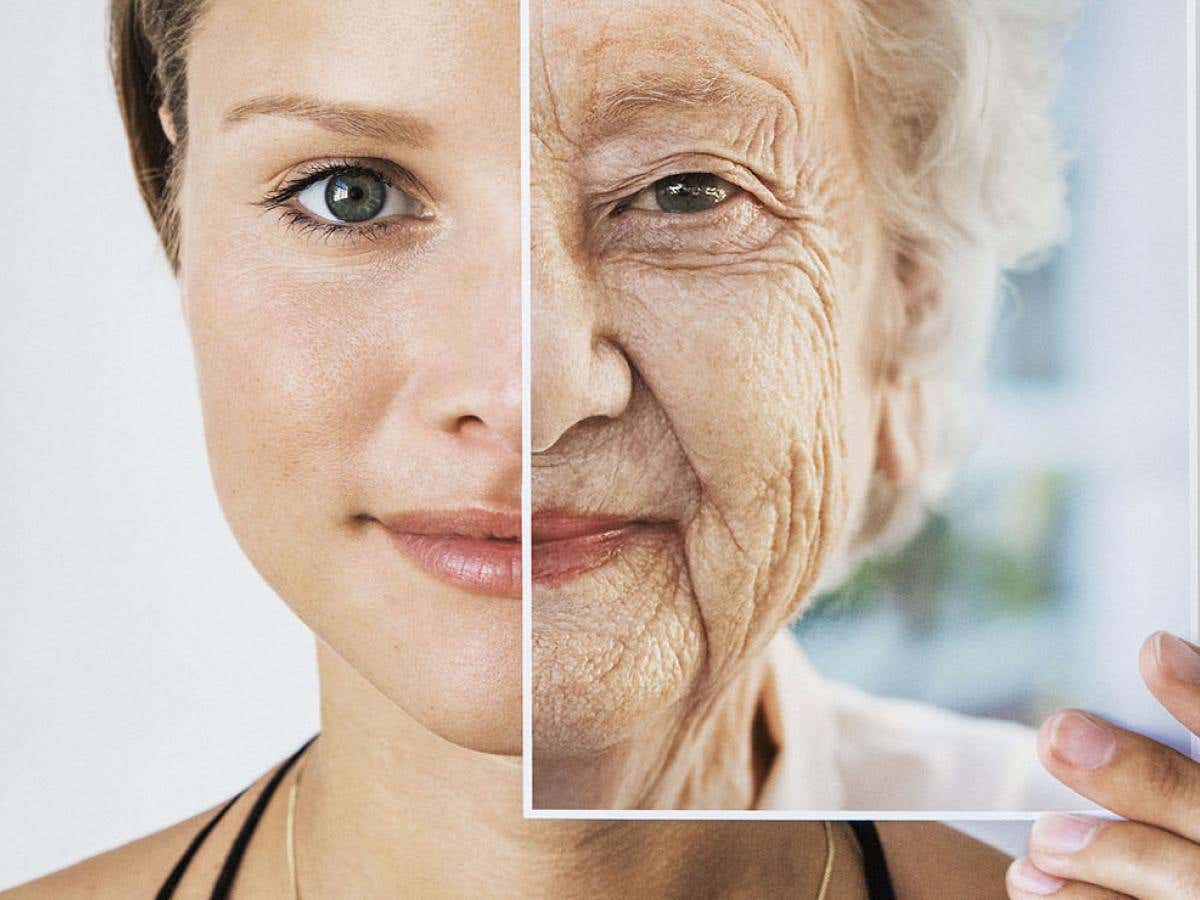Is Inflammation Really a Sign of Aging? Not Always, Study Says
Inflammaging may not be a global sign of aging. New research finds chronic inflammation links more to lifestyle than age itself.

New study shows chronic inflammation with age isn’t universal and may depend on lifestyle, infections, and environment. (CREDIT: Getty Images)
Aging often brings new health challenges, but recent research questions whether all age-related changes are truly universal. One major focus in aging science is "inflammaging"—a slow, chronic form of inflammation linked to growing older. Scientists once thought it was a hallmark of aging around the world. But new research from Columbia University, published in Nature Aging, suggests otherwise. Chronic inflammation tied to aging may only affect some people, especially those living in industrialized societies.
This new study sheds light on how the immune system ages and how deeply lifestyle and environment influence the process. Scientists studied four very different populations. Two came from highly developed settings, while two lived in traditional, rural communities. What they found may surprise you: inflammation that rises with age is far from universal.
Comparing Aging Around the World
To dig deeper into how inflammation changes with age, scientists looked at people from four different parts of the world. Two were from industrialized countries—Italy and Singapore. The other two groups came from Indigenous communities in the Bolivian Amazon and rural Malaysia. These communities—known as the Tsimane and the Orang Asli—live very different lives from people in modern cities. They eat unprocessed foods, get lots of physical activity, and face high levels of infectious diseases.
The researchers wanted to find out if the same patterns of aging-related inflammation seen in industrialized countries also appeared in Indigenous groups. They measured levels of 19 cytokines in the blood. Cytokines are small proteins that help control the immune system. High levels of certain cytokines usually signal inflammation in the body.
In Italy and Singapore, inflammation levels rose as people got older. These levels also connected strongly to chronic diseases like kidney failure, heart disease, and dementia. But the story was very different for the Tsimane and Orang Asli.
Inflammation Without Illness?
The Indigenous groups had high levels of inflammation, but not because they were aging. In fact, the rise in inflammation wasn’t tied to age at all. Instead, infections like parasites and bacteria were the likely cause. For example, around 66 percent of the Tsimane had at least one intestinal parasite. Over 70 percent of the Orang Asli showed signs of active infection.
Related Stories
Despite their high inflammation levels, these groups had very low rates of chronic illnesses. Diseases like diabetes, heart disease, and Alzheimer’s were rare or nearly absent. In contrast to industrialized populations, their immune systems didn’t wear down in the same way. That made one thing clear: chronic inflammation by itself isn’t always harmful.
“These findings really call into question the idea that inflammation is bad per se,” said Alan Cohen, one of the study’s lead authors and a professor of environmental health. “Rather, it appears that inflammation—and perhaps other aging mechanisms too—may be highly context dependent.” In other words, the meaning of inflammation changes depending on where and how someone lives.
Lifestyle Shapes the Immune System
Why does inflammaging show up so clearly in industrialized countries but not in traditional ones? The study suggests that the answer lies in what scientists call the "exposome." That’s a word for all the things that touch your life and body: the food you eat, the air you breathe, how often you get sick, and even how much you move during the day.
In the industrialized world, people live longer but often sit more, eat high-fat processed foods, and encounter fewer infectious microbes. These conditions may weaken the immune system over time. They may also trick the body into staying in a state of low-level alert, triggering chronic inflammation.
“In industrialized settings, we see clear links between inflammaging and diseases like chronic kidney disease,” said Cohen. But in other parts of the world, inflammation reflects a more active, responsive immune system fighting off real threats, not a failing one.
One of the more surprising outcomes of this study is that older adults in Indigenous groups didn’t show the same cytokine patterns as those in industrialized societies. Even though their immune systems were busy dealing with infections, they didn’t become prone to the long-term damage that modern medicine usually associates with aging.
This contrast reveals something important: aging doesn’t follow the same path for everyone.
Like these kind of feel good stories? Get The Brighter Side of News' newsletter.
Rethinking How We Measure Aging
The results raise big questions about how we understand aging and health. Many researchers have tried to find biomarkers—like specific cytokines—that show how fast someone is aging. But this new research warns that those biomarkers may not work the same way in every population.
The standard tools used to measure immune aging may only fit people living in certain environments. In Indigenous communities, inflammation doesn't seem to tell the same story. “Inflammaging may not be a direct product of aging, but rather a response to industrialized conditions,” said Cohen.
The study suggests that aging research needs to focus more on context. That means building health tools that take into account local diet, environment, disease burden, and lifestyle habits. A person who grows old in a rural village will likely age in a different way than someone in a high-rise city apartment.
The authors urge scientists to develop better, more flexible ways to track how people age. That includes studying more diverse populations and creating health strategies tailored to specific communities. “Understanding how these elements interact could help develop more effective global health strategies,” Cohen added. If doctors and scientists know what truly drives aging in different places, they can design better care.
Global Aging, Local Lessons
This study doesn’t just help us understand the immune system. It also points to an important truth: aging is not one-size-fits-all. While the immune systems in industrialized countries may weaken over time, the same may not be true for all populations.
The Indigenous groups in this study—though constantly exposed to infections—remained largely free of the chronic illnesses that now dominate modern medicine. Their strong immune systems, shaped by years of fighting off real disease, may help explain this. In these communities, aging doesn’t seem to bring the same risks or outcomes.
That means aging science may need a major shift in thinking. Inflammation might not always signal decline. Sometimes, it might just be a sign of the body doing its job.
As researchers look to the future, they hope this new understanding leads to better health for people of all backgrounds. A deeper look at how lifestyle, environment, and disease shape the aging process could unlock new ways to stay healthy longer—no matter where you live.
Note: The article above provided above by The Brighter Side of News.
Like these kind of feel good stories? Get The Brighter Side of News' newsletter.



